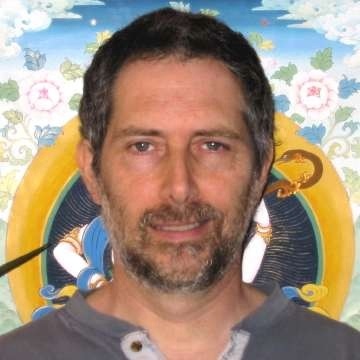Abstract
Neurofeedback psychotherapy and the indigenous Amazonian Ayahuasca ceremony are described and contrasted in physiological and psychological terms. The analysis suggests that a combined approach would be more beneficial to participants than either of them separately. Such a combined program is described and it's argued that such a combination enhances the goals of each program by providing better preparation and post-training support.
1 -Â Â Â Â Â Â Â Â Â Impermanence
As a mountaineer I was addicted to the mental clarity I acquired from hard-won summits. I was also fascinated by the evaporation of my powers whenever I returned home, this being an amplified version of the back-sliding to normalcy that accompanies a vacationer's return to work. But mountaineering is a vision quest, and rather than reshouldering the mindset of employment I lost what felt like enlightenment.
Â
The long-term value of any personal growth program depends on its permanent benefits. The program described here aims to make positive changes stick.
2 -Â Â Â Â Â Â Â Â Â Ayahuasca
This problem of holding on to one's insights comes up in the context of the Ayahuasca ceremony, a transformative experience centered around an hallucinogenic brew used by South American tribes since antiquity. [1], [2] Ayahuasca is especially powerful among the hallucinogens due to its ability to open the gates of symbolic and emotional memory without disengaging or distorting your rational mind.
Â
� ���"Ayahuasca opens up people to their unconscious feelings and memories and gives them an opportunity to explore new psychological insights.� �� � [3]
� ��" Erik Hoffmann
Â
During a ceremony your perceptions are distorted, to be sure, but you retain the power of intellect while reliving extreme memories and emotions, and in this way you can deconstruct negative patterns and manifest new positive patterns in their place. *
Â
� ���"By inhibiting,
disrupting, or regulating emotional responses we may be able to change
maladaptive emotional reactions.� �� � [4]
� ��" Elizabeth Phelps, Joseph LeDoux
Â
My friends and I have noted the fleeting nature of our insights since we began exploring this ceremony in the middle 1990's. Our insights often fade after we return to our normal, dissonant environments. On some occasions we be left feeling incomplete, unsettled, or distraught.
Â
The more we discussed our experiences, the more we came to recognize that the Westernized version of the Ayahuasca ceremony lacks elements that are critical to its success in its indigenous context. First, because the shaman and the spirit journey has no precedent in our culture, the ceremony lacks the same relevance. Second, Western participants are generally poorly trained: a day or two of fasting and prayer barely prepares a person for a deeply symbolic, visionary experience.




